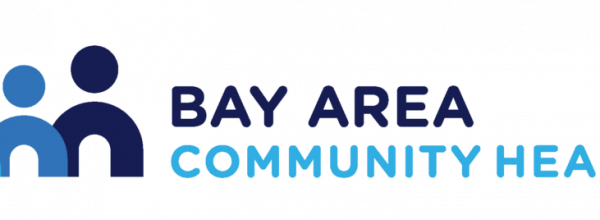CCI spoke with ATSH Coach Katie Bell to learn why screening for Adverse Childhood Experiences (ACEs) is important during the MAT intake process. Katie gives tips for administering the tool to create a safe and trusting environment for your patients.

Why is assessing for childhood trauma and adult trauma essential during the MAT intake process?
A full-agonist opioid, such as oxycodone or heroin, is often the drug of choice for our patients with undiagnosed and untreated trauma because it numbs physical pain, emotional distress and mental anguish. This numbing of feelings can relieve the symptoms of post-traumatic stress disorder (also known as PTSD), such as anxiety, avoidance behaviors, intrusive disturbing memories or flooding of traumatic memories. The numbing of full-agonist opioids can relax hypervigilance. Something all MAT team members must understand is that the partial-agonist opioid buprenorphine (Suboxone) allows for the return of the felt experience of sensations and emotions. Patients will find it helpful to understand that recovery includes healing uncomfortable and distressing feelings. And that part of their MAT care will be support, therapy and basic coping tools specific to the feelings associated with childhood trauma.
How might screening for Adverse Childhood Experiences (ACEs) be a useful interventional tool?
The MAT intake/admission process involves getting to know your new patient, taking a history and establishing a safe and trusting relationship. When the MAT registered nurse or other intake staff (e.g., behavioral health therapist, substance use disorder counselor), help the patient understand the underlying causes of their addiction and encourage new insights, a new perspective and a new recovery partnership with the patient can be initiated. Recognizing that childhood and intergenerational trauma is a root cause of their opioid use removes the stigmatizing self-perception of “I am bad” to “I have a lot of pain and I need help.”
If administering the ACEs tool, should we ask permission to ask sensitive questions about our patient’s childhood?
We absolutely should ask permission. And the ACE tool must be administered in an unhurried, supportive manner. The intake person can say, “Would you be comfortable with me asking you 10 yes-or-no questions about your childhood? These questions are about abuse, neglect and struggles within the family. Please know that you can say no or, if you would like, we can schedule this screening for another session.”
Answering these sensitive questions may be uncomfortable for patients. How do we help patients feel comfortable?
We slow down and listen. We do not need to focus on the computer screen. We can use a paper and pen for this screening. We focus on the comfort of the patient, including offering a snack and water. We offer honest validation, support, and dignity. Be mindful that these are childhood injuries we are assessing – be tender. Have tissues available and allow feelings to be expressed, including anger. No need to try to “fix” the feelings. Be present.
Which member of your MAT team should be responsible for administering the ACEs tool (e.g., should nurses administer the screening tool)?
This screening tool might be administered during the initial Behavioral Health assessment upon MAT admission or by a trained Substance Use Counselor, if available. In our clinic, our addiction RNs administer the ACEs screen as part of the MAT nursing assessment. The essential component is to have MAT teams with professional trauma training and who share an unequivocal set of treatment and care values which are trauma and resilience informed. As ACEs enters primary care as a routine screening, the question is on-going about whether ACEs should be filled out by the patient, offered in kiosk check-ins, or administered by a trained staff member.
What are your thoughts about staff training in trauma-informed care? What is your perspective on getting everyone (from the CEO to front line staff) to be more aware of trauma?
I love this question. About three years ago when I was working as a MAT RN case manager at Chapa-De Indian Health, I was in a bi-annual all-staff day. We had a guest speaker, Darryl Tonamah, PhD, a Native psychologist, who gathered us into his perspective of identifying trauma and clarifying how trauma lives in the brain and in the body. He opened us up tenderly and powerfully to feel and understand the childhood wounding and intergenerational and historical trauma common to communities which have endured institutional racism. He also handed us tools based on the fundamentals of trauma-informed care: safety, trustworthiness, peer support, collaboration, empowerment, along with cultural, historical and gender issues. The experience was both collective and personal. After two hours, I looked around the packed but quiet room containing everyone from our CEO to front line staff and I thought, “We are now a trauma-informed clinic.” I had many thoughtful conversations with clinic staff (e.g., front desk receptionists) after that day.
It is important that a clinic invests in trauma-informed training – not just for MAT and Behavioral Health teams – but for the entire clinic staff. The professional team will require more specific and on-going training. Encourage behavioral health or substance use disorder leadership to research and locate the best possible trainings for their teams and for the whole clinic.
In my experience, one of the best ways to decrease the pernicious stigma which impacts our patients is to teach all staff about trauma and addiction. As Gabor Mate suggests: “Don’t ask, “Why the addiction?” But rather, “Why the pain?”
Find this useful or interesting? We’re constantly sharing stuff like this. Sign up to receive our newsletter to stay in the loop.




